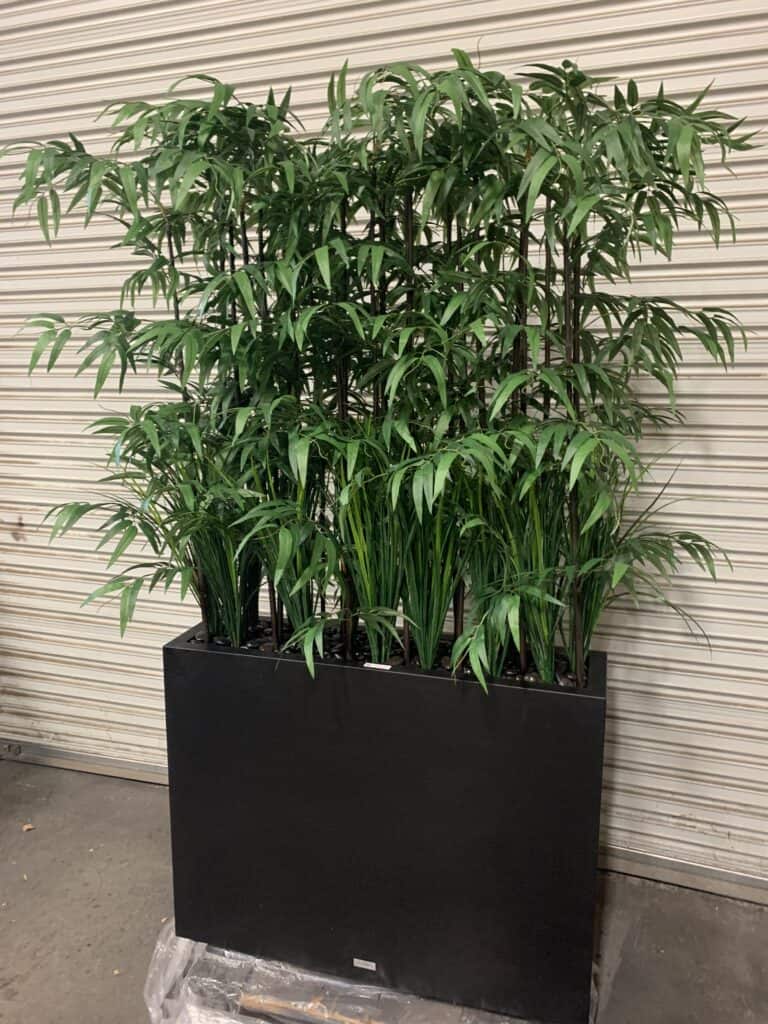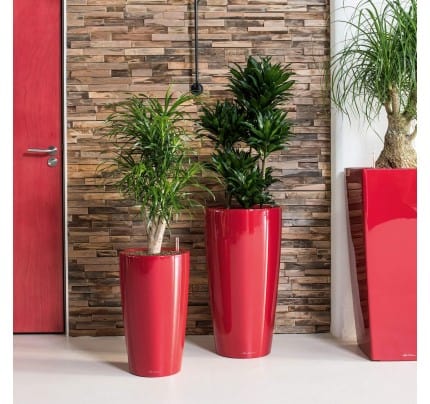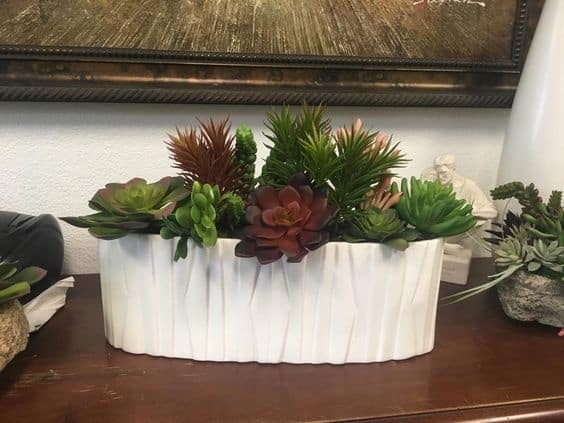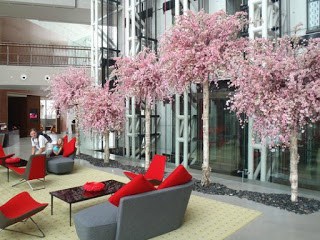From Artificial to Real Touch: The Evolution of Floral
Advances in Silk Flower Technology Yields Realistic Floral
Artificial flowers are popular today and make up a large international market. They are commonly used as interior decorating items in residential, commercial, hospitality suites, casino resorts, and model homes. However, many people perceive artificial flowers as low quality and cheap because they do not look and feel natural. This was once true because artificial flowers were generally produced with plastic or silk materials. They didn’t display vivid colors and didn’t have the same soft moisture feel as a real flower. But these perceptions are changing because today’s technology has made it possible to have high-quality artificial flowers that are very close looking to live flowers and plants.
Artificial florals have evolved significantly over the years to become more and more realistic. One of the key factors that have driven this evolution is advances in technology and materials, which have enabled manufacturers to create artificial florals that look more and more like the real thing.
One approach that manufacturers have taken is to use advanced materials that are designed to mimic the look and feel of real floral components. For example, many modern artificial florals use materials like silk, polyester, and nylon to create petals and leaves that have a lifelike texture and appearance.
In addition to using advanced materials, manufacturers have also worked to develop new manufacturing techniques that enable them to produce florals with greater detail and complexity. For example, some manufacturers use 3D printing technology to create molds for floral components, which can be used to produce highly detailed replicas of real plants with greater accuracy.
Finally, many manufacturers have invested in research and development to better understand the structure and natural patterns found in real plants. By studying the way that plants grow and develop, manufacturers can create artificial florals that replicate these patterns and structures, resulting in a more realistic and visually appealing final product.
Overall, the evolution of artificial floral technology has been driven by advances in materials, manufacturing techniques, and an increased understanding of the natural patterns found in real plants. As a result, artificial florals have become more and more realistic over time, and today it can be difficult to distinguish between high-quality artificial florals and the real thing.
Many manufacturing processes were invented back in the 1950s to better structure artificial flowers using a combination of metal and plastic. In the early 1980s, a few companies started to use a plastic stem molded around a reinforcing wire. Petals were made of silk and mounted on the terminal of the stem. The same technique has been used for several decades with minor improvements. Those artificial flowers may easily get deformed or damaged during the transit, storage, and usage process. These have many problems due to the unnatural look and feel. They tend to lose their color and luster easily and quickly. That’s why when people refer to artificial flowers, they think about super cheap silk flowers. Over time, the public has come to agree with this sentiment.
In the mid-2000s, a new artificial flower manufacturing technology transformed the faux floral industry. This artificial foliage technology used polyurethane foam instead of plastic or silk to offer a more natural look and feel, which sometimes can be mistaken as a real flower. During the process, a mixture of polyether and polyurethane compose a lightweight foam that is poured into the molds to form artificial flower components. Various colors are injected directly into the foam, then additionally sprayed onto the surfaces and heated to cure the desired colors permanently. Over a decade, this new methodology has been adopted by various manufacturers to create a wide range of flower designs.
Today polyurethane flowers are often referred to as “real touch”, “soft touch” and “natural stem” flowers.







